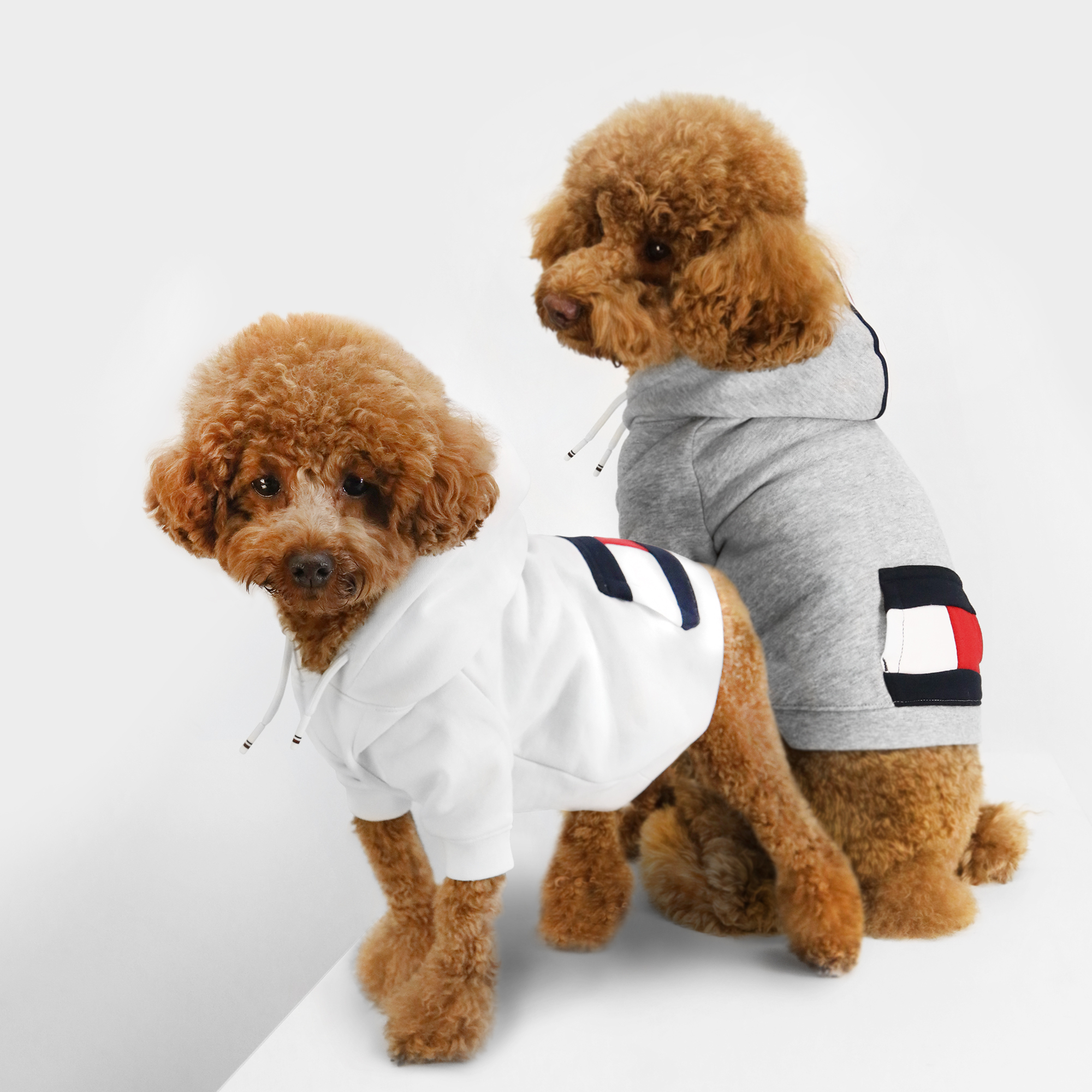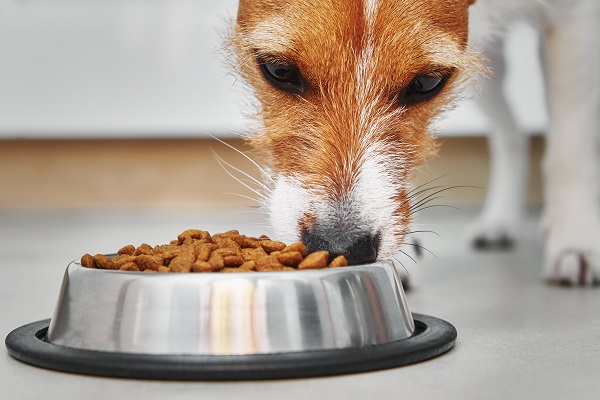A bird’s eye view of the pet care segment in India that is projected to reach $1,932.6 million by 2030, riding on the increasing number of pet parents wanting to pamper their pet kids
By Shiv Joshi
Every morning Jacqueline Kapoor, President, of Ayesha Fashion, wakes up surrounded by three Great Danes, a Pomeranian mix who used to be a stray and a cat who thinks she’s a dog. In addition to these, she owns nine cats, 42 horses and 2 camels. They all live at Kapoor’s Red Earth Riding School in Puducherry.
For Kapoor, her pets are her children, and she spends around Rs 50,000 to Rs 1 lakh a month each on her horses and about an average of Rs 4000 on her other four-legged kids.
Kapoor is among the thousands of pet parents in the country who are shelling out top dollars to give the best care to their pet children, driving the growth of the category which has grown by over 20% in the last decade as per the Indian Pet Industry Joint Advisory Council (IPICA).
What’s driving the growth
“Nowadays, pets are a prelude to a child or a replacement for children. So, people are willing to pay for their care,” Kapoor said.
“The average spend per month per pet ranges from Rs5,000 – Rs15,000, which includes food, medication, clothing & accessories and toys. This spend varies based on pet size, age, breed and also the city in which one is living,” said Shilpa Dhingra, founder & creative director, of Kanine Pets World India, which has brought Dublin-based Kanine Group’s products to India.
According to a leading pet website Pet Keen, 75% and 80% of the budget is spent on food and treats, while the rest is spent on accessories, grooming supplies, toys, and services.
“Pets such as dogs, cats, and other companions, are being welcomed into a growing number of families around the country. This increase in pet parenthood has resulted in a huge increase in demand for pet-related items and services,” Aman Tekriwal, co-founder of digital petcare platform Supertails, who counts Deepika Padukone among its investors.
“Pet parents are becoming more concerned about their pets’ well-being, which is leading to increased spending on high-quality pet food, healthcare products, grooming services, and pet accessories,” Tekriwal added.
The increased pet adoption is not only in major cities but also in tier 2 and 3 cities and has led to the emergence of 70 new pet care companies over the past two years, shared Dr Shashank Sinha, chief executive officer of Drools Pet Food.
“The Indian pet care market in India is expected to continue its robust growth trajectory. It is projected to reach $1,932.6 million by 2030, with a strong 16.5% annual growth rate,” Sinha said.

Cat-egory snapshot
“Currently, the pet population in India is estimated to be around 32 million, growing at 11% per annum, with dogs being the most popular choice, followed by cats and fish,” explained Dr Deepak Saraswat, Head Veterinarian at pet care and services company Zigly.
The pet industry is divided into pet food, pet care, healthcare, accessories and grooming, with pet food experiencing the highest growth.
Key companies operating in pet food are Mars Petcare, Inc.; Nestlé Purina PetCare; Himalaya and Drools. Key players in pet care products are Choostix, Wahl, Himalaya, and PetVeda. The big players in pet healthcare products are Zydus Cadila, Beckys India, and Hester AG.
India vs. the globe
India is one of the top five countries with the highest concentration of dogs and cats. Although new players are entering the segment, the Indian pet market is just a fraction of the $320 billion global pet care industry. Also, India lacks a wide variety of pet products available in developed markets.
“What you can get in America is 20-30% more than what you get in India in terms of variety and choice,” said Kapoor, who has to travel to Germany to get products for her horses.
This has inspired Kapoor to consider launching an accessories brand for pets and “even a marketplace for all things animals”.
Market watchers and key players feel that there is immense growth potential for the category to grow in the category. Ireland-based Kanine, which entered the market through Myntra, plans to open two to three exclusive brand stores and experiential centres in India in the next year. “Our strategy is to establish a strong offline presence in key metro cities, offering pet parents a firsthand experience of our premium products,” explained Dhingra of Kanine.
What’s selling
The trending grooming products in the Indian pet care market are shampoo and conditioners, brushes, combs, and hair and nail trimming, as per Market Decipher. Products such as dry bath, powder, and shedding control are also gaining popularity in the Indian market, it added.
“Among the various sub-categories, pet food dominates all. At present, the pet food market is around Rs4,000 crore and is expected to grow significantly over the next five years,” Saraswat of Zigly said.
According to Sinha of Drools, pet food captures two-thirds of the market revenue, followed by pet accessories, grooming, and healthcare. “As of the last quarter of 2023, the entire pet industry is around Rs6500 to Rs7000 crore out of which, 65% is the pet food market in India. A significant driver of the growth is the transition from homemade to commercial pet food feeding practices,” he said.

Supertails’ highest-selling products primarily revolve around pet food, including popular brands like Royal Canin, Pedigree, Drools, Henlo, Whiskas, and Sheba.
“To provide an idea of our scale, our Annual Recurring Revenue (ARR) stands impressively at Rs 100 crore,” said Tekriwal of Supertails.
Where is it selling
For pet services, offline works better for obvious reasons. “We are witnessing a growing footfall across our network of 18 stores located in Delhi NCR, Chandigarh, Bengaluru, Noida, Lucknow, and Indore. Among our expansive store network, the Kailash Colony, Delhi store has taken the lead in terms of both footfall and sales,” shared Saraswat.
For the online platform Supertails, the lion’s share of the demand comes from Delhi, Mumbai, and Bengaluru, with significant growth in tier one and tier two cities.
Drools Pet Food is available online as well as in over 34,000 points of sale spanning specialty vet shops, veterinary clinics, and general trade stores in India, Sri Lanka and Nepal. “Over the past four years, the e-commerce segment for pets has experienced remarkable growth, expanding from 10% to 22% of the industry and it is expected to touch 25% for the industry,” shared Sinha.
For Drools, e-commerce has grown with a CAGR of 70% over the last two years. “Additionally, over the last 4 years, Drools’ e-commerce contribution to overall sales has risen from 5% to a substantial 28% at present,” said Sinha, adding that Drools expects it to grow to 45% in the next two years with quick commerce playing a major role in accelerating this growth.
Drools too is witnessing significant growth in tier-II and tier-III cities such as Bhubaneswar, Patna, Guwahati, and Surat.
Bone of contention
“While the pet retail market in India is ready for expansion, it also confronts a number of challenges that must be overcome,” said Tekriwal. According to him, one key problem in the pet food and accessory sector is the absence of established rules and quality control. “As a result, product quality might vary, making it difficult for customers to trust particular brands. Furthermore, the relatively high cost of luxury pet items, particularly in the food and healthcare categories, may alienate price-conscious customers,” he added.
According to Sinha of Drools, there persists a lack of awareness about the right nutrition for pets. “Also, the shortage of pet-specific products and services in many places makes it difficult for pet parents to find the right products and services for their pets. The expansion of quick commerce channels will enhance convenience and accessibility in the pet care industry,” he said.
Other problems include distribution and supply chain challenges, particularly in rural locations, as well as counterfeits.
Limited awareness among potential pet owners, evolving regulations, infrastructure gaps, affordability concerns, and cultural restrictions, are some other challenges Saraswat identified.
“Overcoming these challenges through education, regulatory clarity, and holistic solutions will be instrumental in realizing the market’s vast potential and fostering a thriving pet care industry in India,” he said.



